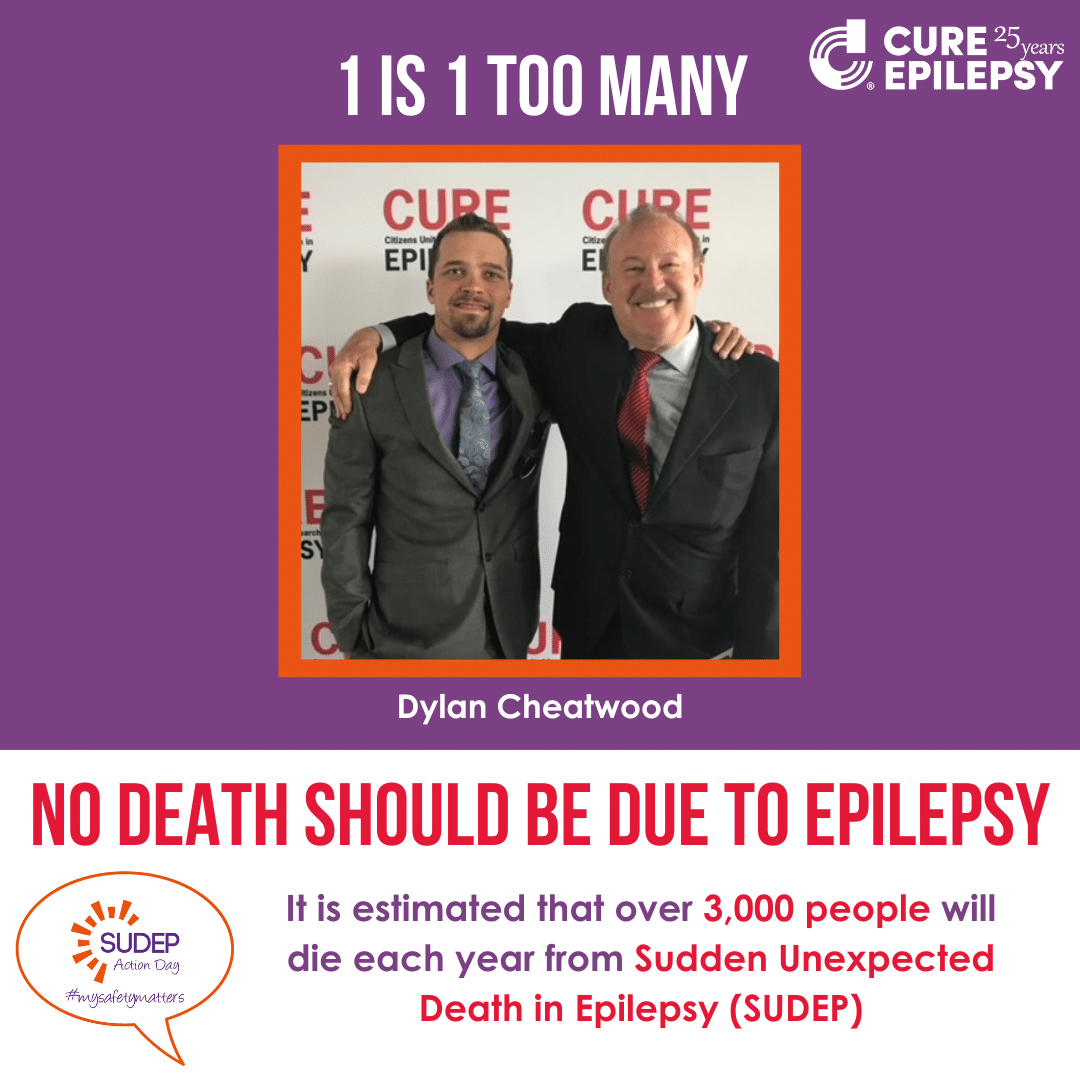Low Interictal Hypercapnic Ventilatory Response May Increase the Risk of Severe Respiratory Depression and SUDEP After Generalized Convulsive Seizures
February 25, 2019
Featuring work by CURE Grantee Dr. Rup K. Sainju
Objective: Severe periictal respiratory depression is thought to be linked to risk of sudden unexpected death in epilepsy (SUDEP) but its determinants are largely unknown. Interindividual differences in the interictal ventilatory response to CO2 (hypercapnic ventilatory response [HCVR] or central respiratory CO2 chemosensitivity) may identify patients who are at increased risk for severe periictal hypoventilation. HCVR has not been studied previously in patients with epilepsy; therefore we evaluated a method to measure it at bedside in an epilepsy monitoring unit (EMU) and examined its relationship to postictal hypercapnia following generalized convulsive seizures (GCSs).
Methods: Interictal HCVR was measured by a respiratory gas analyzer using a modified rebreathing technique. Minute ventilation (VE), tidal volume, respiratory rate, end tidal (ET) CO2 and O2 were recorded continuously. Dyspnea during the test was assessed using a validated scale. The HCVR slope for each subject was determined by linear regression. During the video–electroencephalography (EEG) study, subjects underwent continuous respiratory monitoring, including measurement of chest and abdominal movement, oronasal airflow, transcutaneous (tc) CO2, and capillary oxygen saturation (SPO2).
Results: Sixty-eight subjects completed HCVR testing in 151 ± (standard deviation) 58 seconds, without any serious adverse events. HCVR slope ranged from 0.94 to 5.39 (median 1.71) L/min/mm Hg. HCVR slope correlated with the degree of unpleasantness and intensity of dyspnea and was inversely related to baseline ETCO2. Both the duration and magnitude of postictal tcCO2 rise following GCSs were inversely correlated with HCVR slope.
Significance: Measurement of the hypercapnic ventilatory response is well tolerated and can be performed rapidly and safely at the bedside in the epilepsy monitoring unit. A subset of individuals has a very low sensitivity to CO2, and this group is more likely to have a prolonged increase in postictal CO2 after generalized convulsive seizures. Low interictal hypercapnic ventilatory response may increase the risk of severe respiratory depression and SUDEP after generalized convulsive seizures and warrants further study.






